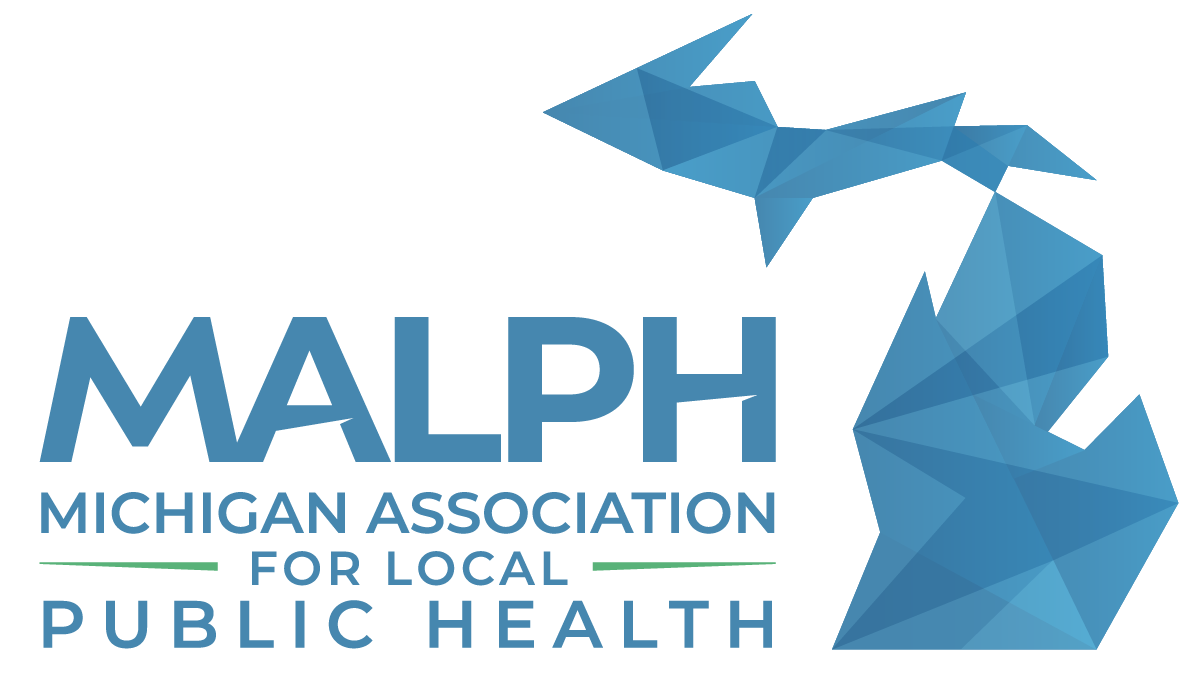One of the biggest stories in chemical contamination emerging over the past several years has been per- and polyfluoroalkyl substances (PFAS). States throughout the nation, including the Great Lakes region, are finding PFAS contamination in a growing number of locations where these persistent chemicals pose a threat to people and the environment. The Great Lakes PFAS Summit will bring together environmental program managers, policy experts, researchers, and contractors from around the Great Lakes region to share the challenges of addressing this contamination and present innovative technical solutions developed to address these “forever” chemicals.
Participants may include local, state, and federal government officials; environmental consultants and vendors; academic researchers and students; industry managing PFAS contamination; and community organizations.
Conference sessions will include the topic areas shown below. Please review the topics to consider the category where your presentation would best fit. Authors may suggest additional topics that are not on the list, but they must fit a general topic area related to PFAS.
TOPIC AREAS
- Rules and Regulations: could include maximum contaminant levels; clean-up criteria; surface water criteria; mixing zone issues; Michigan criteria vs. criteria in other states or countries, or at the federal level; designation of PFAS as a hazardous substance.
- Public Health and Communication: could include public outreach and education; toxicology and chemistry of various compounds; exposure pathways; bioaccumulation.
- Pollution Prevention: could include alternatives to PFAS use in manufacturing, such as chrome plating; assessment of alternatives and toxicological modeling; lessons learned from PFAS substitution; legislative outlook from the Toxic Substances Control Act and Toxics Release Inventory; preventing PFAS exposure in other states.
- Materials Management: could include disposal methods for aqueous film-forming foam (AFFF), spent carbon and resin, biosolids, and other contaminated media; incineration effectiveness in destroying compounds; landfill disposal and leachate management.
- Sampling and Analytical: could include current and developing analytical methods; PFAS chemistry; site investigation strategies; fate and transport in various media.
- Treatment Technology and Research: could include current technologies being implemented at sites; research on new technologies for use in drinking water, groundwater, surface water, and soils; bench and pilot studies.
- PFAS in Agriculture and Natural Resources: could include agriculture challenges; biosolid application; food packaging; food testing; plant uptake; occurrence of PFAS in soils; statewide soil study; foam challenges on surface waters.
For more information, click here.







